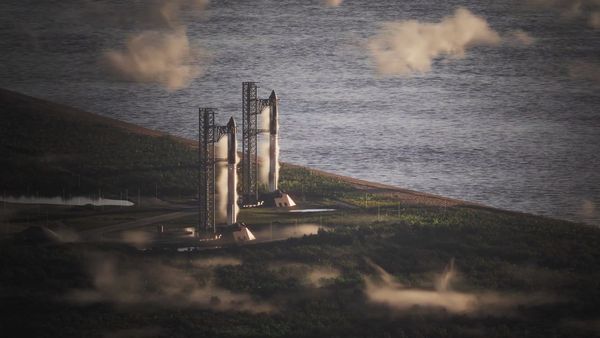A 60-year-old man from Missouri was camping in Arkansas and, during his trip, sent photos of a bear he saw near his campsite to his family.
Two days later, he was dead.
The man was camping at Sam's Throne, in the Ozark National Forest near Mt Judea, Arkansas, when he spotted what authorities believe to have been a young male bear near his campsite, the Miami Herald reports.
The man sent photos of the animal sighting back to his family and continued his camping excursion.
On October 2, the man's son called police after receiving no word from his father for "a couple of days," according to the Newton County Sheriff's Office.
A deputy was sent to look for the camper and found "evidence of a struggle and injury" at his campsite, along with "drag marks leading from the campground into the woods."
The camper was found dead several yards away from his campsite, according to deputies.
“Until the Arkansas Crime Lab completes the autopsy, we can’t 100% say it was a bear, but everything strongly indicates it,” Newton County Sheriff Glenn Wheeler said.
He told the paper that the tragic incident was "highly unusual" and said that deputies are searching for the bear to “test it for anything that may have led to the encounter.”
Wheeler cautioned locals not to go out hunting for the bear.
“I don’t want this to become open season on any bear that someone may see, as most bears fear humans and run away,“ he said. He advised that anyone who sees a bear should avoid the animal.
The victim's name has not been released. Wheeler said that the sheriff's office is still in the “very early" stages of the investigation.
The incident marks the second fatal bear encounter in the last four weeks. In the past 25 years, there have been no fatal bear attacks recorded.
On September 3, Vernon Patton, 72, was mauled by a bear in an unprovoked attack in Franklin County. He died from his wounds on September 15, according to the Arkansas Times.
Bear attacks are typically extremely rare and generally result from a bear feeling that its food, its cubs, or itself is threatened, according to the National Parks Service.







